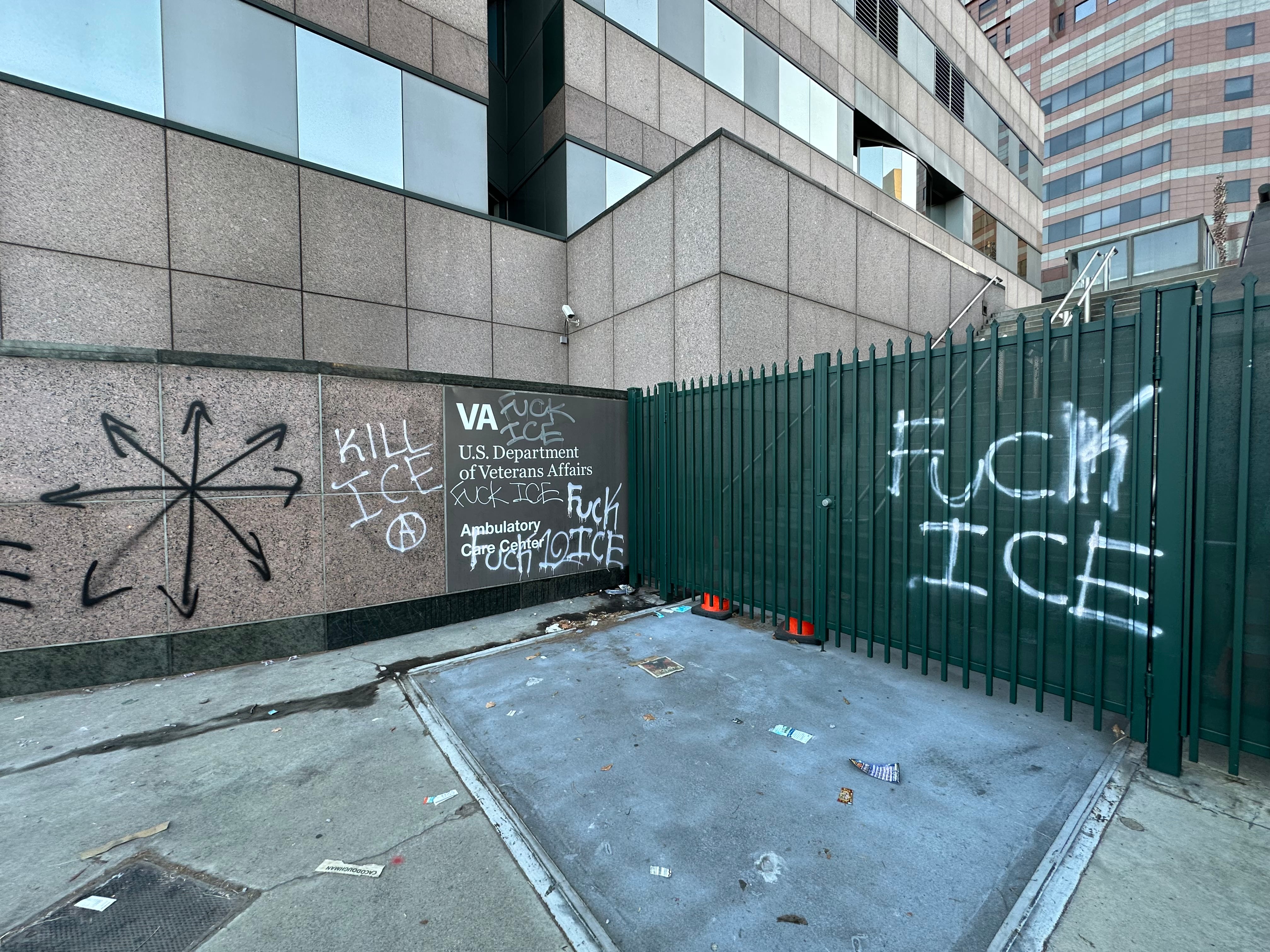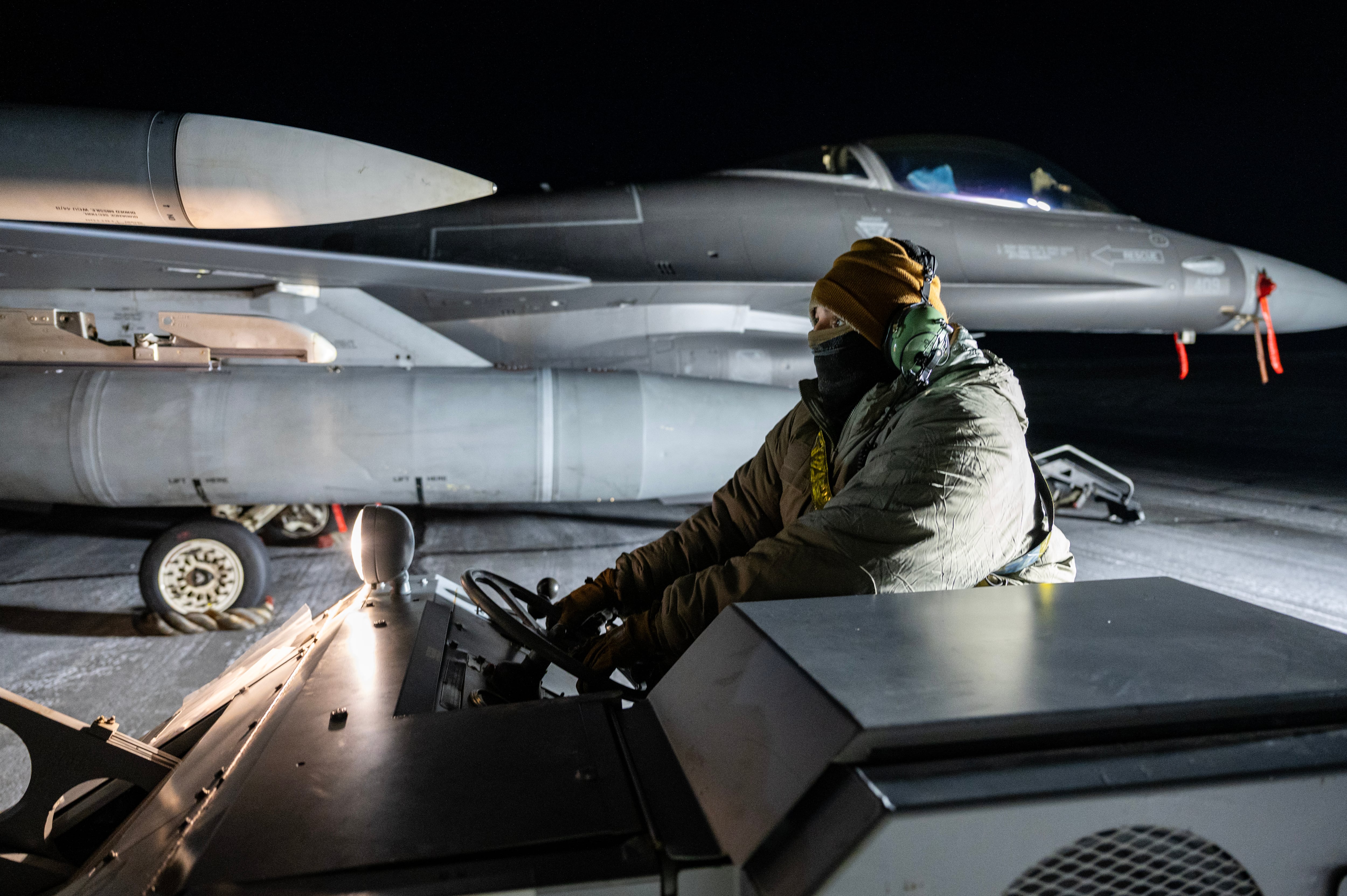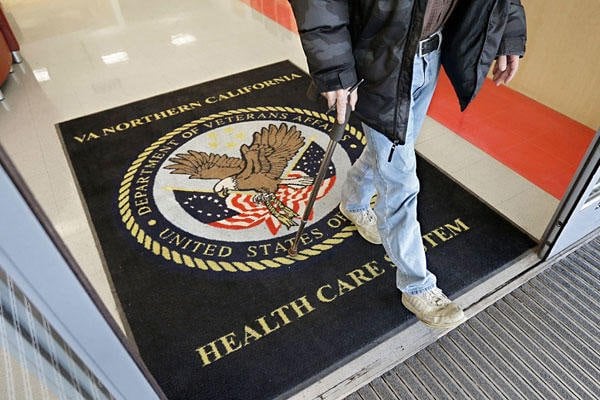When Hurricane Laura raked Port Arthur, Texas in late August, a group of seven shrimp boat laborers found shelter in a local pool hall.
And when the Category 4 hurricane knocked out electricity, a gas generator was turned on to power the building. But the ventilation inside was far from adequate. The seven people spent all night breathing the odorless gas from the generator, causing severe carbon monoxide poisoning.
Three people were pronounced dead at the scene when police arrived on the morning of Aug. 28, and one was taken to a hospital in Houston. Three others were eventually sent into the care of a joint medical team from the Army Institute of Surgical Research Burn Center and the Undersea and Hyperbaric Medicine Department at the Brooke Army Medical Center on Fort Sam Houston, near San Antonio.
The hyperbaric chamber operated at that installation is one of the very few on the Gulf Coast that’s open for emergencies, and its medical teams maintain a 24/7-ready status for that purpose.
For the cases that came at the end of August, military personnel were tasked with using their chamber to “dive” three patients on ventilators while they were treated with pure oxygen at atmospheric pressures greater than sea level — a type of treatment commonly used for scuba divers who suffer decompression sickness.
What made these cases so difficult, according to the medical professionals who spoke with Army Times via telephone this week, was the mass casualty nature of the event.
“We essentially were doing about 44 hours worth of operations over the span of about two-and-a-half days,” said Air Force Lt. Col. Pablo Medina, a physician conducting a fellowship in hyperbaric medicine. “We’re already minimally manned, and we taxed [staff] pretty hard in order to accomplish the goal, but needless to say, I think we accomplished it flawlessly.”
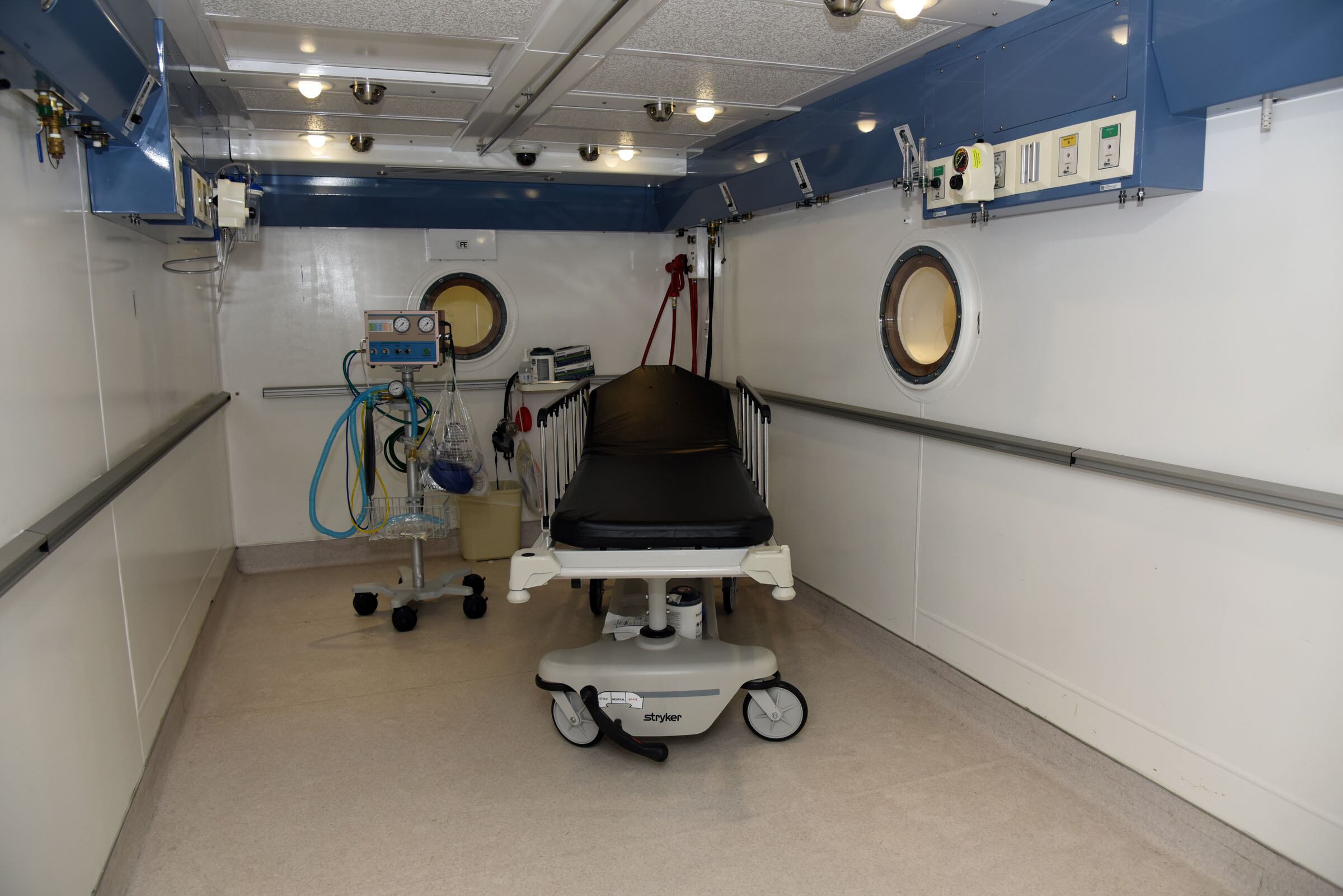
Treating one critically ill patient in the dive chamber is rather easy, Medina added. But three intubated patients require an inordinate amount of resourcing, manpower and coordination ahead of time.
“For each patient, we’re looking to dive them three times within a 24-hour period," Medina said. "The first dive is two-and-a-half hours long for each of them, and then the subsequent dives are approximately 80 minutes.”
Diving three critically ill patients in 24 hours was “a feat that, to our knowledge has never been done before,” said Army Maj. Anthony Basel, an intensivist physician at the burn center.
The patients were flown by fixed-wing aircraft into San Antonio International Airport and then driven from there to the burn center.
The first patient arrived at about 1 a.m. on Aug. 29. The team bypassed bringing the patient to the intensive care unit and took them straight to the chamber to begin a dive.
RELATED
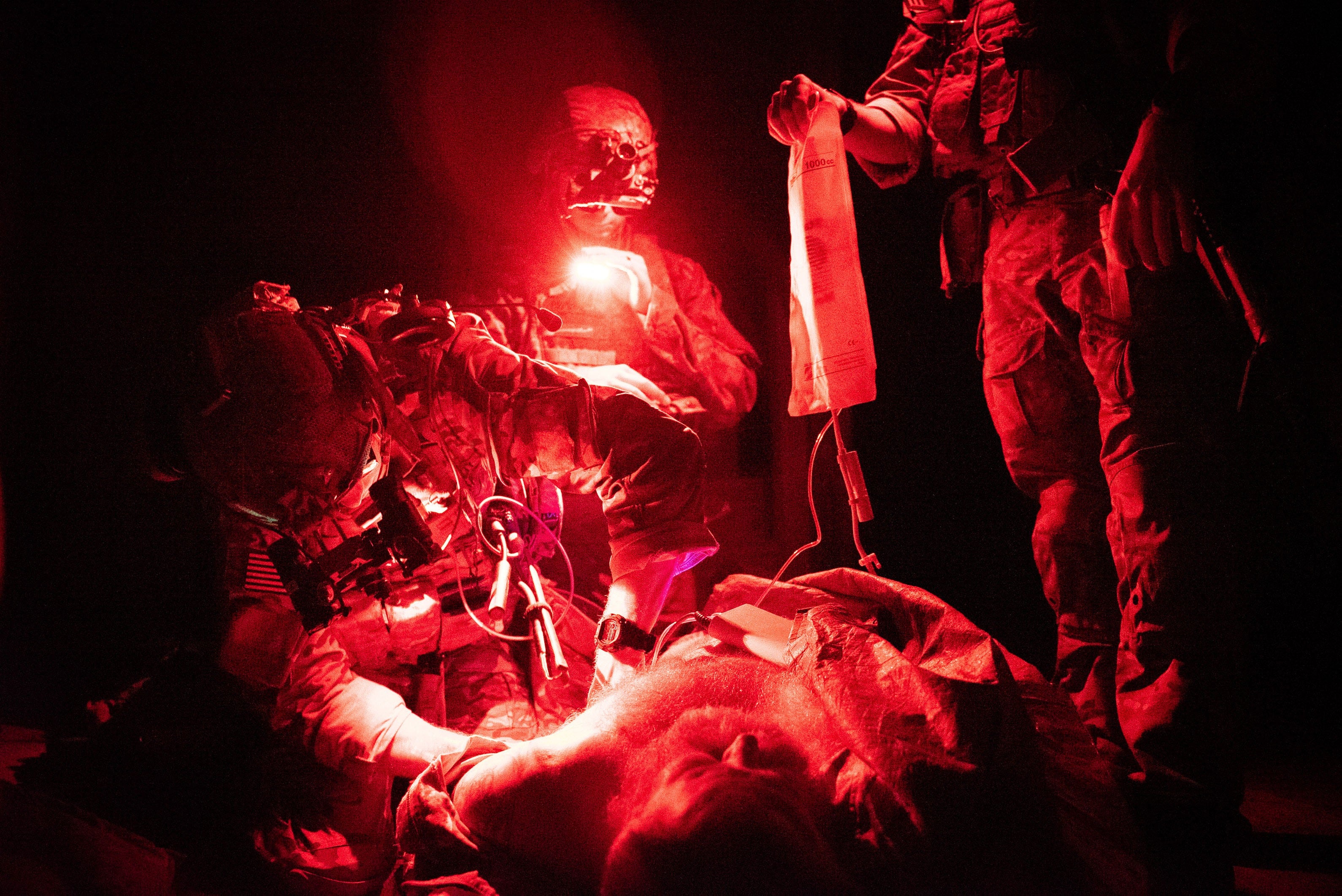
For each dive, the team included an ICU nurse, a respiratory therapist, a hyperbaric medicine physician and staff to operate the chamber. They also had to use specialized equipment that requires certification and additional training because very few electronic components can go into the chamber.
Carbon monoxide toxicity works by essentially robbing a person’s body of being able to carry oxygen to vital organs and tissue, starving the body of oxygen.
“Two of the patients had a full recovery and were discharged from the hospital without any sort of neurologic deficit,” said Maj. Garrett Britton, another intensivist physician at the burn center.
But one of the three patients ultimately didn’t make it.
“The patient who ultimately died actually had a cardiac arrest prior to coming to this hospital related to the carbon monoxide poisoning," Britton added. "And so between the carbon monoxide poisoning and the cardiac arrest, that is ultimately what led to his neurologic deficit and it was actually a decision of the family to withdraw care.”
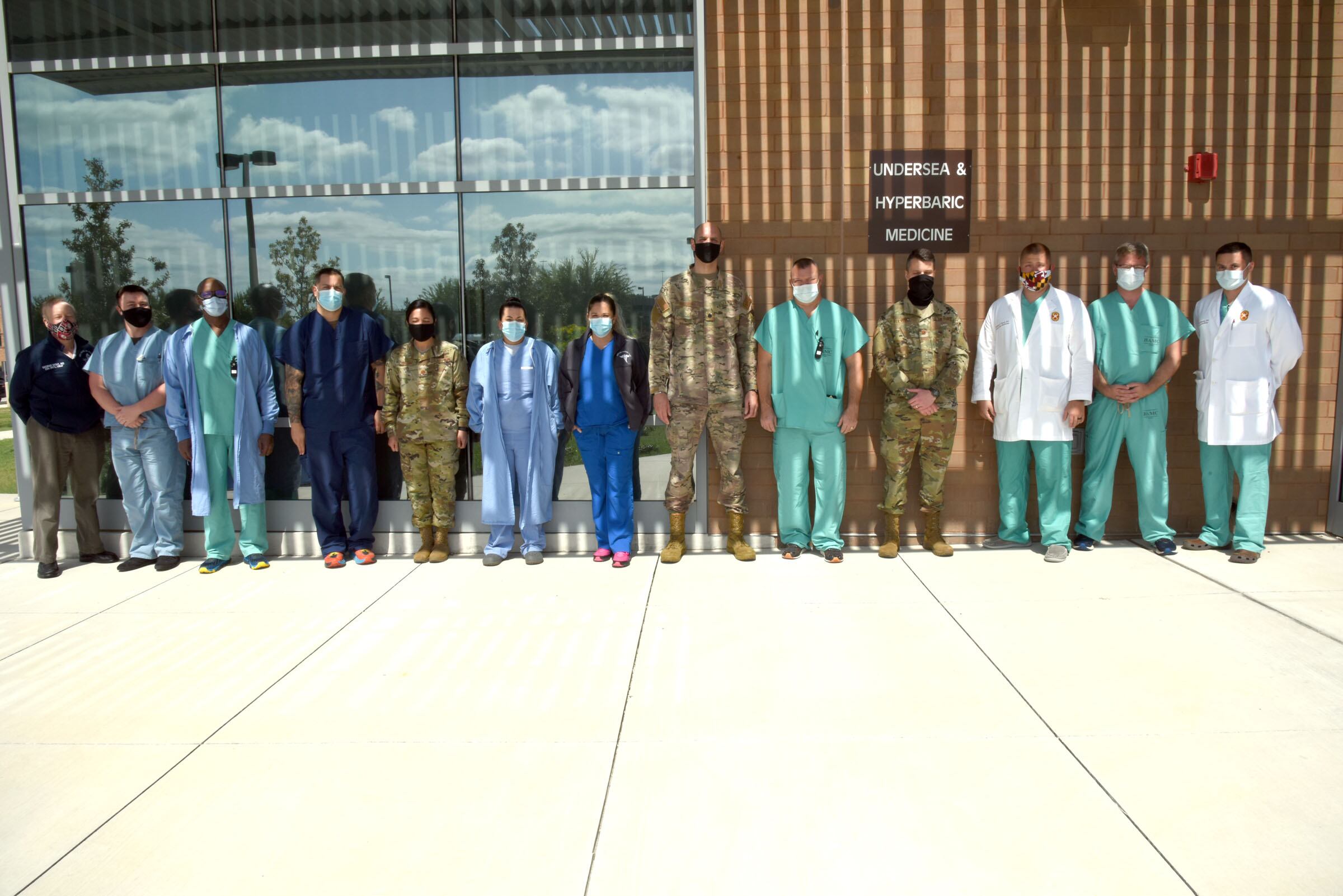
Chambers like these can be used for routine clinical care and emergency medical needs. But there aren’t a lot of chambers, especially on the Gulf Coast, that are open for urgent care.
It’s an expensive set-up, especially when all the extra equipment that can be used inside the chamber is added to a hospital’s ledger. So it’s often not financially feasible for many facilities to run.
Retired Army Col. Leopoldo Cancio, a surgeon and the director of the burn center, said that although their facilities are intended for combat casualty care and trauma care research, they also provide care to civilians who have burn and inhalation injuries, like carbon monoxide poisoning.
“In fact, we’re authorized to provide care to civilians from across the state of Texas and as such, we’re one of the regional burn centers serving civilians in the region,” Cancio said. “We admit, roughly, 600 patients a year here, and most of those patients during peacetime are civilians. So that means that we’re admitting civilians here on a daily basis."
The burn center often works alongside the hyperbaric medicine team, as they did with the three patients from Port Arthur, because completely immersing patients in 100 percent oxygen can help speed wound healing.
“Although there may be a lot of chambers out there for routine 9 a.m. to 5 p.m. wound care ... in terms of 24/7 chambers that are available on call for an emergency like this, it’s really unusual,” Cancio added. “And I’m really happy and really enthusiastic about the fact that we were able to do this for these patients.”
Kyle Rempfer was an editor and reporter who has covered combat operations, criminal cases, foreign military assistance and training accidents. Before entering journalism, Kyle served in U.S. Air Force Special Tactics and deployed in 2014 to Paktika Province, Afghanistan, and Baghdad, Iraq.

